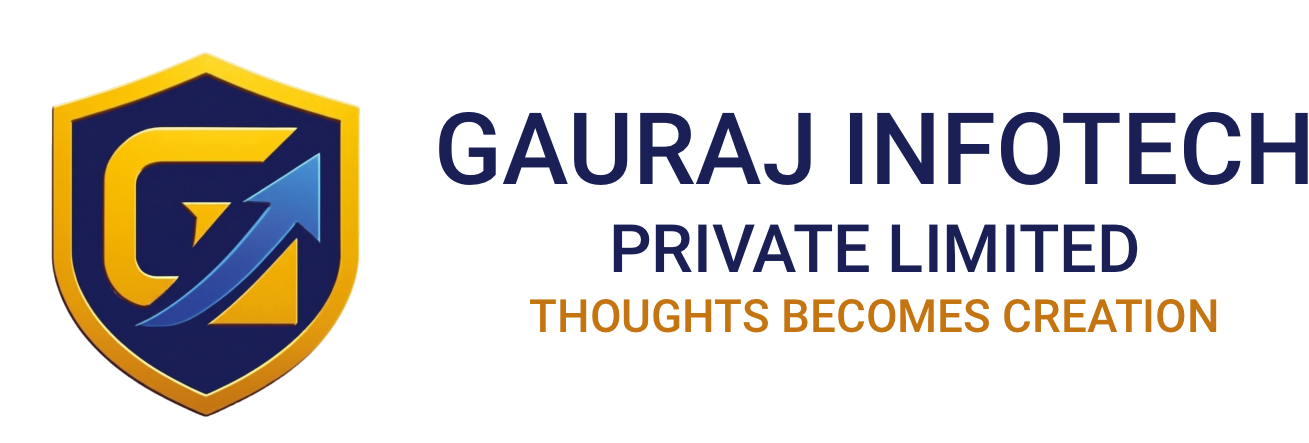Introduction:
In an era characterized by rapid technological advancements, the Internet of Things (IoT) has emerged as a revolutionary concept that is reshaping the way we interact with the world around us. IoT refers to the network of interconnected devices that are capable of collecting, exchanging, and acting upon data through the internet. From smart homes to industrial automation, IoT has found applications in various domains, promising increased efficiency, convenience, and improved quality of life.
- Understanding IoT:
- Definition of IoT and its core components.
- The evolution of IoT and its origins.
- Importance of IoT in the context of modern technology.
- How IoT Works:
- Sensors and actuators: the building blocks of IoT.
- Data collection, transmission, and processing.
- Cloud computing and edge computing in IoT systems.
- Applications of IoT:
- Smart Homes: Exploring the interconnected devices that make homes smarter and more efficient. Examples include smart thermostats, lighting, security cameras, and virtual assistants.
- Healthcare: IoT’s role in remote patient monitoring, wearable health devices, and real-time health data analysis.
- Industrial IoT (IIoT): Revolutionizing industries through predictive maintenance, asset tracking, and supply chain optimization.
- Smart Cities: Using IoT for urban planning, traffic management, waste management, and energy efficiency.
- Agriculture: Precision farming, soil monitoring, and crop management with IoT.
- Benefits and Challenges:
- Benefits: Enhanced convenience, improved efficiency, data-driven decision-making, and cost savings.
- Challenges: Security and privacy concerns, interoperability issues, and the potential for data overload.
- Security and Privacy in IoT:
- Potential vulnerabilities in IoT devices and networks.
- Best practices for securing IoT devices and data.
- Balancing convenience with data protection and user privacy.
- Future Trends in IoT:
- Integration with AI and machine learning for predictive analytics.
- 5G’s impact on IoT: faster connectivity and reduced latency.
- Edge AI: Processing data closer to the source for faster response times.
- Ethical considerations in IoT development and deployment.
- Real-Life Success Stories:
- Case studies of organizations and industries that have benefited from IoT implementation.
- How IoT solutions have transformed operations, customer experiences, and overall business models.
- Getting Started with IoT:
- Steps for individuals and businesses to embark on an IoT journey.
- Choosing the right IoT devices and platforms.
- Considerations for data management, security, and scalability.
- Conclusion:
- Recap of IoT’s impact on various sectors.
- Emphasis on the ongoing evolution and potential of IoT technology.
- Encouragement for readers to explore and contribute to the IoT ecosystem.
IoT and connected devices are undoubtedly at the forefront of the technological revolution, shaping the way we live, work, and interact with our environment. As this blog delves into the intricacies of IoT, readers will gain a comprehensive understanding of its workings, applications, benefits, challenges, and future possibilities. Whether you’re a tech enthusiast or a business owner considering IoT integration, this blog serves as a valuable resource for unlocking the potential of a connected world.




